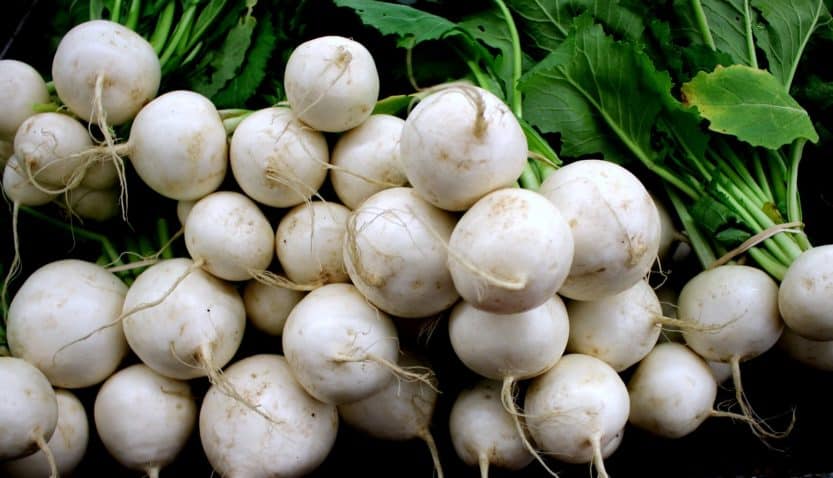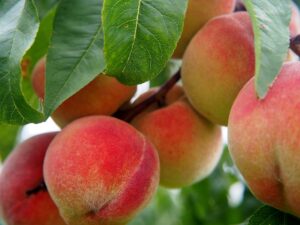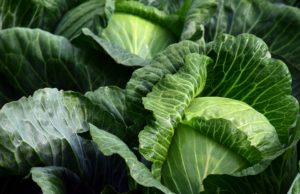Turnips are hearty root crop that can be added to almost any garden, no matter how big or small. Turnips add some old-world variety to a number of recipes, and while turnips are generally not eaten in the quantities they were in the past, they can provide a good source of vitamin C, calcium and fiber to any diet.
Buy Turnip Seeds Online
| Image | Name | Rating | Shop |
|---|---|---|---|
 | Organic Turnip Seeds Purple Top White Globe Turnip |
Types of Turnips to Grow
Turnips come in fast and slow maturing varieties; and fast maturing turnips, such as Market Express, can be ready for harvest in as little as 38 days. Slow maturing turnips are the most common and are usually ready to harvest in 60 days.
Turnip Varieties
While most people are familiar with the standard white fleshed turnips, the yellow-fleshed varieties are also available. The white-fleshed varieties tend to have a stronger, classic-turnip flavor and the yellow-fleshed types have a milder, sweeter flavor.
When Do you Plant Turnips
Turnips prefer to grow in cool weather, making spring and fall the best times to sow turnip seeds. Starting turnips indoors for transplant is usually not recommended, because turnips do well being directly sown into the garden.
When planting a spring crop, you should wait until all danger of frost has passed; and then you can plant the seeds, as long as the soil is workable. When planting the seeds in the fall, wait until the air temperature has fallen below 60 Fahrenheit (16 C). If you grow turnips at temperatures above this mark, the plants will be susceptible to disease and the roots can become woody and inedible.
Planting Turnip Seeds
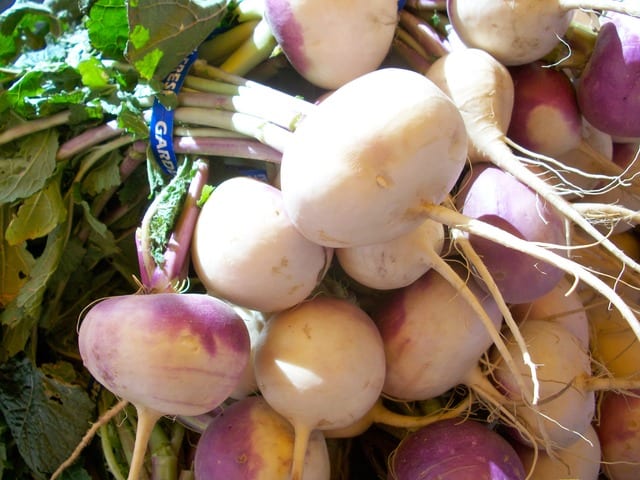
Turnip Soil Requirements
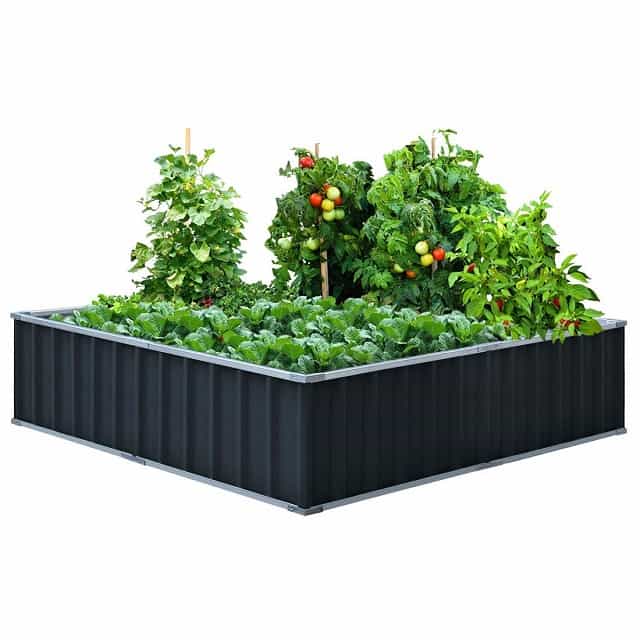
Turnips need a soil free of obstructions, in order to produce nice, round roots. If you cannot reasonably provide these conditions, then you can always grow them in a raised bed (Buy Online). Turnips need to be planted in a location that has full sun, but a little shade will not hurt if the weather is still warm.
The soil should have adequate drainage, in order to prevent molds and root rots. If your soil has a high level of clay or tends to collect puddles of water, you can add some compost along with a generous amount of sand, in order to improve drainage, as this will prevent your turnips from rotting in the soil.
Turnip Soil pH
Turnips need a soil with a pH between 6.0 and 6.8 in order to grow properly.
Turnip Plant Spacing
Once your soil is ready, you can start sowing the turnip seeds. The seeds should be planted 0.2 inches (.5 cm) deep with a spacing between plants of 4 inches (10 cm).
How Much Water Do Turnips Need?
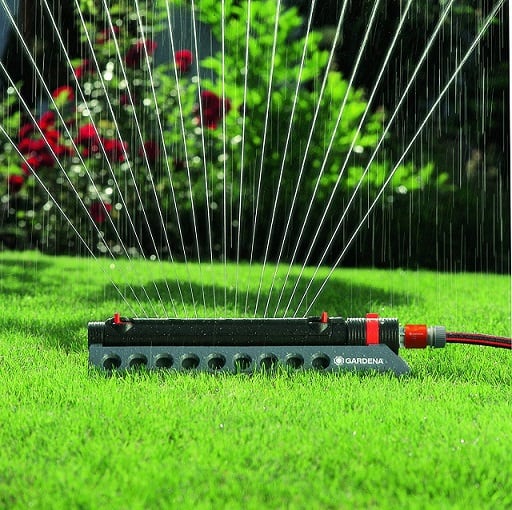
Once the turnip seeds have emerged, they will require about 1 inch (2.5 cm) of water per week. You should water the plants multiple times a week, versus one big watering. Be careful to avoid over-saturating the soil, as this will limit the risk of the roots cracking due to water stress.
Turnip Weed Control
While the plants are young, weeds may begin to crowd the seedlings; and if this happens, remove the weeds carefully. If possible, add a layer of mulch around your plants, in order to prevent weeds from taking over the area and to minimize the need for frequent watering.
Turnip Care & Harvest
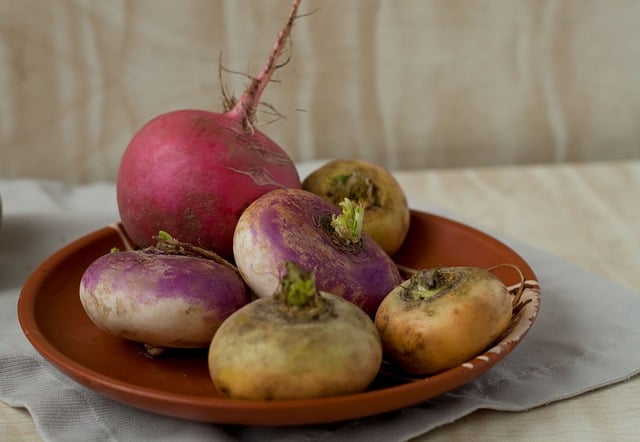
Turnip Pests
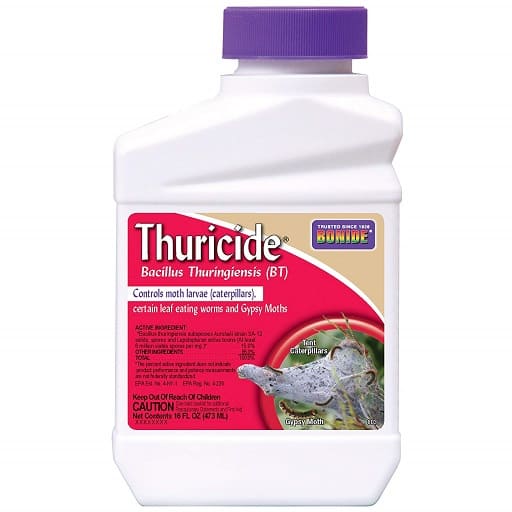
Most of the time, turnips are very easy to care for during their growing season. Just keep an eye out for any insect damage or fungal infestations as the plants mature. If you see tiny holes in the leaves, you may have flea beetles. They can be controlled with insecticides (Buy Online), or by carefully cultivating the soil around the base of the plants.
Turnip Root Maggot Control
If you notice the leaves fading and turning yellow with noticeable tunnels in the roots, you might have root maggots. The best way to combat a root maggot problem is to apply lime around the base of the plant or you should avoid growing the turnips in damp conditions.
Turnip Mold Problems
Moisture is also the main driver of fungal diseases, such as leaf spot, downy mildew or black rots. If you spot any fungal problems, make sure to quickly remove any infected plants and try to reduce the water the plants get for a short period.
Harvesting Turnip Greens
Turnip greens, while not commonly consumed anymore, make a nice addition to meals and can be harvested early on in the season. Make sure to choose young, tender leaves, no taller than 4 to 5 inches (10 to 12 cm). Use a sharp blade or scissors to make a clean cut at he the base of the stem and try to leave the center leaves in place, so the plant can continue its growth.
When are Turnips in Season
The best time to harvest turnips roots is when they are young and tender, as older plants might provide a larger yield, but the texture might be less than appetizing. Turnips are ready for harvest when they are 1 to 3 inches in diameter (2.5 to 7.5 cm).
How to Harvest Turnips
Pull the plants carefully from the soil, gently knocking off any residual dirt, twist the greens off about 1 inch (2.5 cm) above the root, and then clean the root off with cool water.
Storing Turnips for Winter
Turnips can be stored in the refrigerator or root cellar for a couple weeks.


